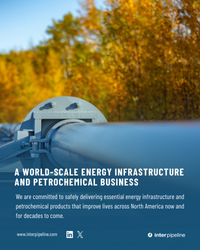With about 30 million metric tons per annum (MMtpa) of liquefaction capacity scheduled to come online in 2019, feedgas deliveries are poised to be the biggest driver of Lower-48 natural gas demand this year. The timing of this emerging export demand growth from these complex, multi-process facilities will come down to a veritable obstacle course of construction and testing timelines and regulatory approvals. Understanding these factors will be key to anticipating the gas-market impacts of the oncoming demand. Today, we begin a short series breaking down the liquefaction train commissioning process and what it tells us about the timing of incremental feedgas demand over the next several months.
As we discussed in our recent Let Me Move You blog series, demand for feedgas supply at the liquefaction/LNG export facilities will increasingly pull natural gas supplies to the Texas and Louisiana Gulf Coast, changing upstream gas flow patterns and pricing relationships. In that same series, we looked at the liquefaction projects due online this year, along with the pipeline contracts that are in place to bring supply to the facilities, including on pipeline expansions being built to connect the export terminals to growing supply basins and meet those shipper commitments. The market impacts of these projects will come down to timing — the timing of liquefaction capacity and feedgas ramp-up versus available pipeline capacity.
One part of understanding how this new demand will unfold is the liquefaction train ramp-up process, from the time the project starts commissioning to when it begins taking feedgas, its first LNG production and shipment, and ultimately full operation and commercialization. This phase involves the start-up and testing of each system, with regulatory approvals required at each step. Given the importance of LNG exports to the gas market balance this year and beyond, we thought it worth taking a deep dive into the ramp-up process and timeline as a means to extrapolate the timing of future feedgas demand as more liquefaction trains near completion. Bear in mind, we are not engineers. But fortunately, there is a good amount of information available in regulatory filings and other documentation to provide a window into the inner workings of the facilities and their start-up processes. Before we delve into those processes, though, we start with an overview of the key components of a liquefaction facility.
Join Backstage Pass to Read Full Article









